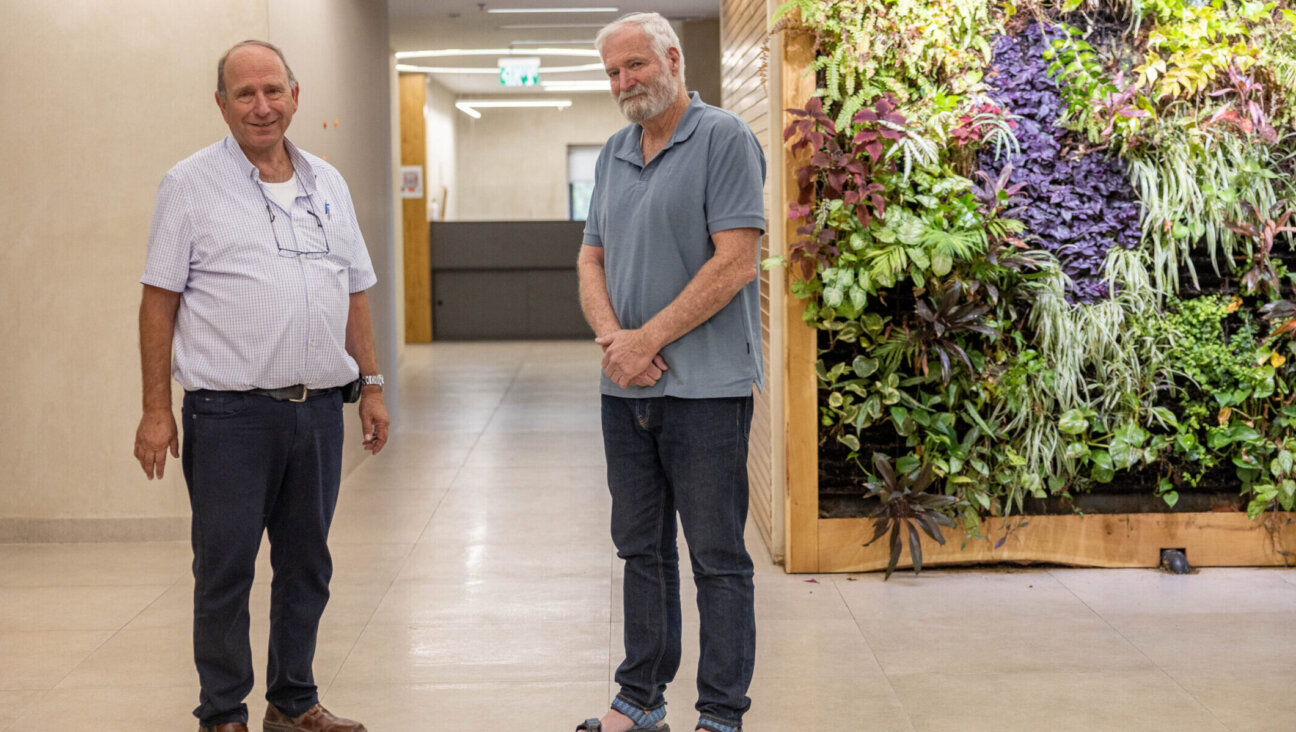December 17, 2004
Rabbi Backs Iowa Plant
A December 10 letter to the editor mentions my name in declaring the slaughtering of animals at the AgriProcessors plant in Iowa as non-kosher (“Iowa Slaughterhouse Violates Rabbinic Law”).
As I already have written to People for the Ethical Treatment of Animals, I forbid further use of my name as questioning the kashrut of the AgriProcessors plant. The PETA videotape that I saw did not disclose the name of the plant involved or, more importantly, the name of the rabbi that supervises the plant under the authority of the kashrut division of the Orthodox Union — whose credentials are impeccable. Furthermore, it apparently does not show the full picture of the shechita, or ritual slaughter, process.
I fully endorse the statement by my O.U. colleagues, Executive Vice President Rabbi Tzvi Hersh Weinreb and Rabbi Menachem Genack, the rabbinic administrator of the kashrut division, which declares the shechita of the AgriProcessors plant 100% kosher. I am indeed pleased to note that all rabbis involved reaffirm their commitment to prevent inhumane treatment of animals and congratulate the O.U. together with the AgriProcessors’ s executives for making further efforts and introducing changes that will stop the procedure that might have caused unnecessary suffering to the animals.
Rabbi Shear-Yashuv Cohen
Chief Rabbi, Haifa
Senior Member, Court of the Israeli Chief Rabbinate
Haifa, Israel
History of the Transistor
At the risk of sounding pedantic, I’m afraid it is my job to point out a factual error in Leonard Fein’s November 26 opinion column (“Having Faith in Democrats”).
The transistor had, in fact, been invented by 1952. It was invented in 1947, and transistors began to be mass produced commercially in 1951. However, they were initially used in small applications, and computers — at the time, the most complex electronic devices, used mainly for scientific applications — did not become commercially available with transistors until 1960.
The Univac mentioned by Fein was the first commercial computer and was originally commissioned by the U.S. Census Bureau in 1948 to analyze the results of the 1950 census. So, of course, it was designed with tubes. The first Univac was delivered in 1951 but did not become a household name until the publicity stunt in the election of 1952, described by Fein.
Otherwise, a great column.
Michael Geselowitz
Cedarhurst, N.Y.
Why Drudge Up Crime?
A December 3 front-page article reports on the arrests of several teenage students on alcohol- and drug-related charges (“Bust at N.J. Party Raises Talk of Teen Substance Abuse”). This incident, and the serious and disturbing issue of substance abuse among Orthodox teenagers, clearly merits front-page treatment. However, the fifth paragraph of the article sees fit to mention that the day school the arrested students attend has a major benefactor who was involved last year in a criminal scandal.
What, pray tell, does this individual’s crime have to do with the teenage drug bust, or with the school? I imagine that the school already has suffered immensely from the personal woes of its patron. Do the tenets of modern journalism mandate that the school’s name no longer can be mentioned, in any context, without a recital of the sordid details of its benefactor’s indiscretions?
Mitchel Aeder
New York, N.Y.
A message from our CEO & publisher Rachel Fishman Feddersen

I hope you appreciated this article. Before you go, I’d like to ask you to please support the Forward’s award-winning, nonprofit journalism during this critical time.
We’ve set a goal to raise $260,000 by December 31. That’s an ambitious goal, but one that will give us the resources we need to invest in the high quality news, opinion, analysis and cultural coverage that isn’t available anywhere else.
If you feel inspired to make an impact, now is the time to give something back. Join us as a member at your most generous level.
— Rachel Fishman Feddersen, Publisher and CEO























